How to Integrate Fashion PLM with 3D Clothing Design Software
Learn how to integrate fashion PLM with 3D design software to streamline workflows, boost collaboration, and speed up product development.
February 21, 2021
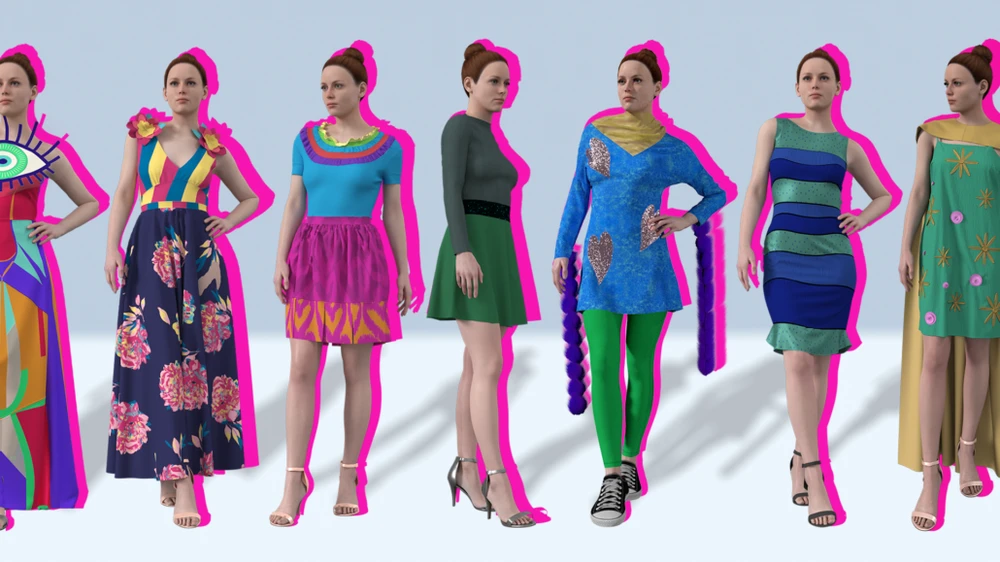
The pandemic has affected all of our lives in one way or another, pushing us out of our comfort zone and forcing us to adapt to new realities. Over the past year, countless parents have found themselves stuck at home with their children and constantly looking for new ways to entertain them while they’re out of school. With that in mind, the Browzwear team began to brainstorm ways that we could add a hint of sunshine to the lives of others and brighten up their days throughout these turbulent times.
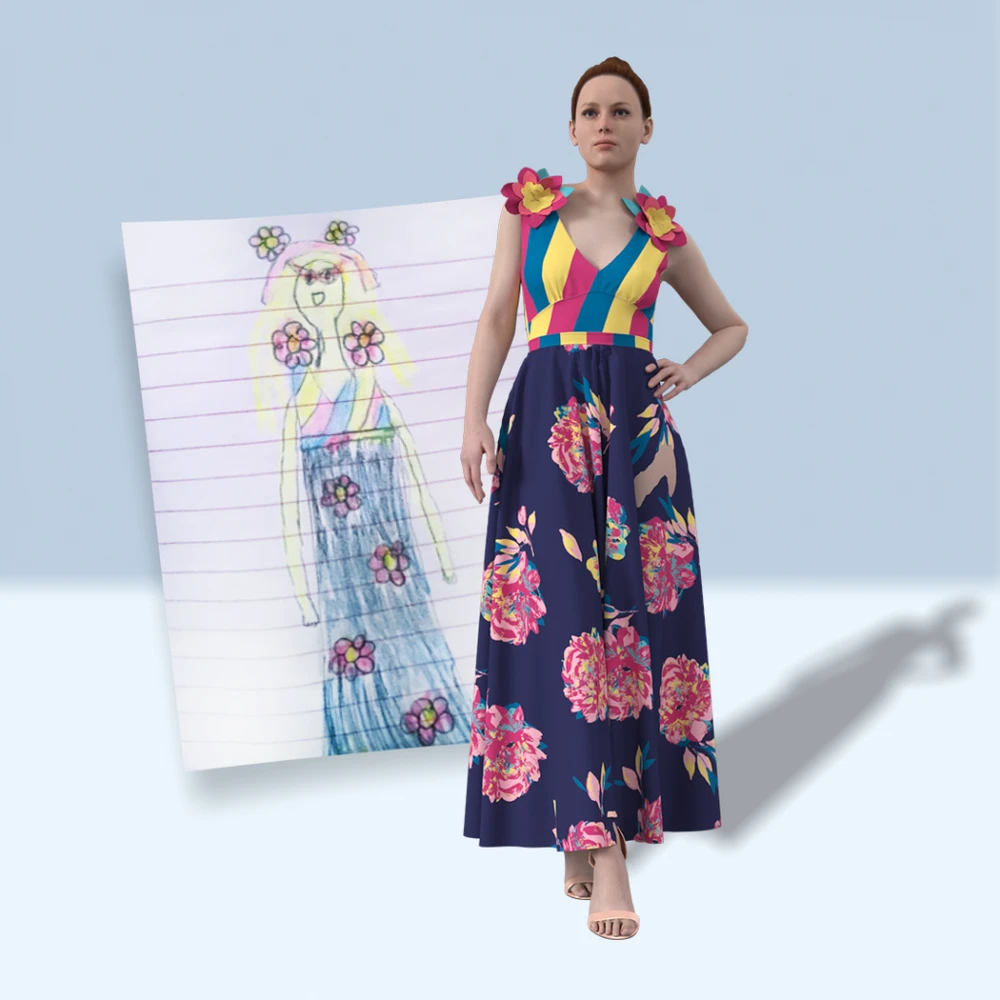
Drawn by Charlotte, 8, NY, and recreated by Mandisa Foster, USA: “She started to cry & kept saying oh my god! She is totally blown away!!! She is now calling her friends – you have totally made her day! I’ll keep you posted if she ever finds her words! Thank you from a very grateful mommy.” says Cherie Zucker, Charlotte’s mother.
After seeing how our children, our friends, and colleagues’ children spend their time at home and thinking back to when we were kids, there’s no doubt that one of the best ways to express creativity is through drawing. In fact, creating fashion illustrations was always a favorite go-to activity, long before it even occurred to us that it could be a career path. Suddenly it all clicked. What if we could give children around the world the opportunity to see their sketches come to life? With no time to waste, we began reaching out to online parents in quarantine communities on various social platforms to see if they would be interested in sharing their children’s fashion drawings. It wasn’t long before we had received hundreds of submissions from children of all ages around the world. Now it was time to plan the next step.
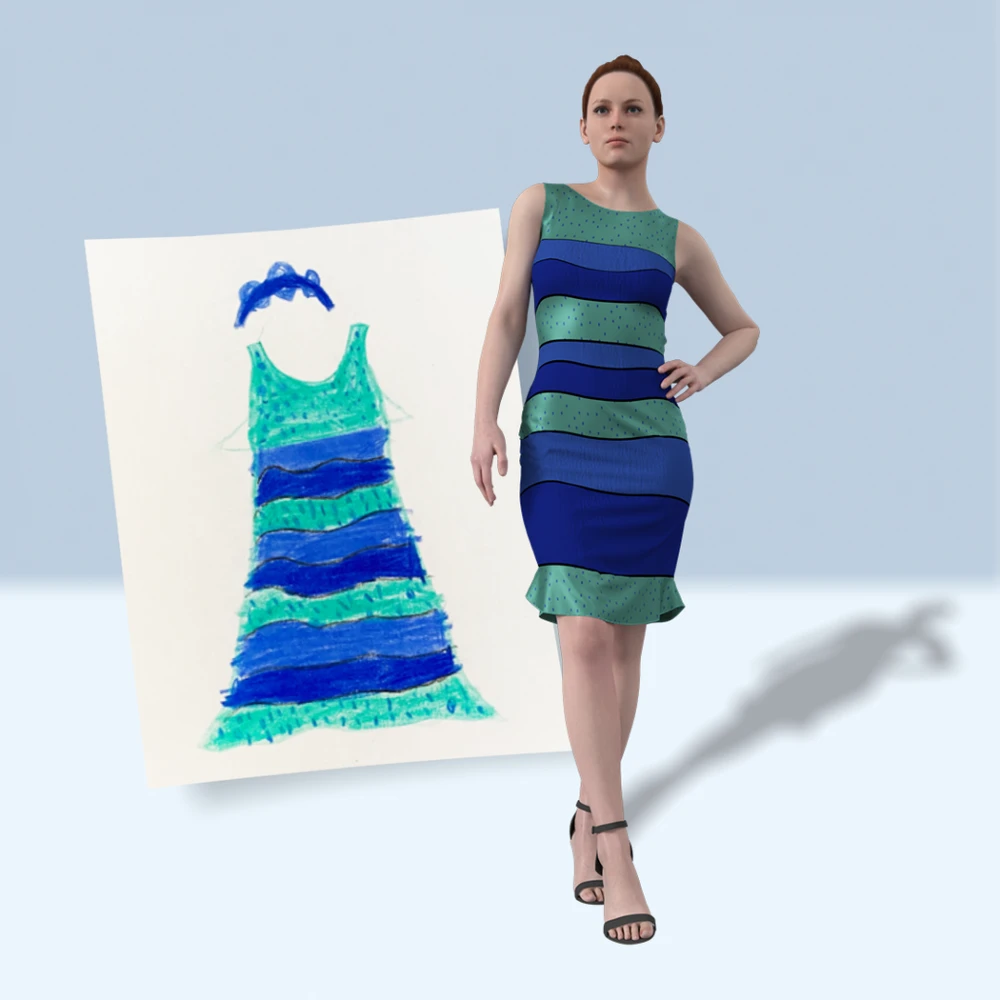
Drawn by Ava, 9, FL and recreated by Monika Foster, USA: “Can’t believe it! She will FLIP OUT!! The 3D version looks amazing!” says Susan Gurspan, Ava’s mother.
We then approached our network of independent 3D designers to see if they would be willing to volunteer their time and skill to transform the children’s 2D sketches into true-to-life 3D garments. Without hesitation, more and more designers got on board and were eager to take part in the project. Within a couple of weeks, we started to receive the digital recreations of the children’s drawings and couldn’t wait to send them back to their original young artists. It was interesting to see how each designer interpreted the drawings and expressed their creativity in their own way. Check out all the wonderful results .
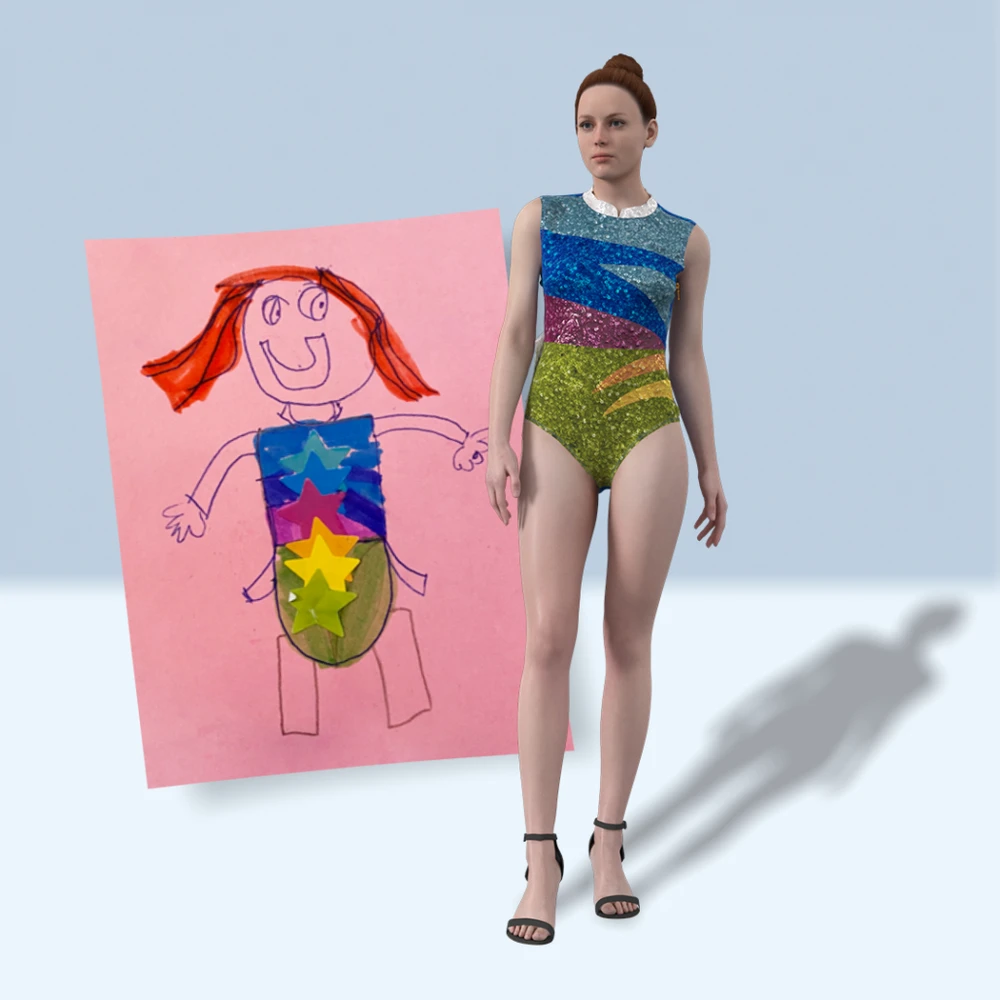
Drawn by Cecilia, 6, Illinois, and recreated by John Tlapa, USA: “We love it! Cecilia is thrilled to see the rendering of her drawing,” says Ellen Padilla, Cecilia’s mother. “It’s wonderful and she also captured my vision. And I love the colors too,” adds Cecilia.
As the children received their recreated designs, just by their responses, we could see how a little goes a long way when it comes to putting a smile on their faces. Something that might be second nature to designers can create a lasting impact on a child. Each drawing holds its own unique story for the child, and being able to see it transform from a 2D paper sketch to an ultra-realistic 3D image was so rewarding for both the children and parents. Whereas before the time of 3D, this kind of initiative, bringing drawings to actualization, would have been practically impossible to accomplish, the power of 3D fashion design tools has enabled fashion to become accessible to everyone. Whether it’s parents in the US, designers in the UK, or young children in Shanghai looking for a hint of magic in their world, it’s incredible to see how 3D connects people from across the globe at a time when many of us felt isolated.
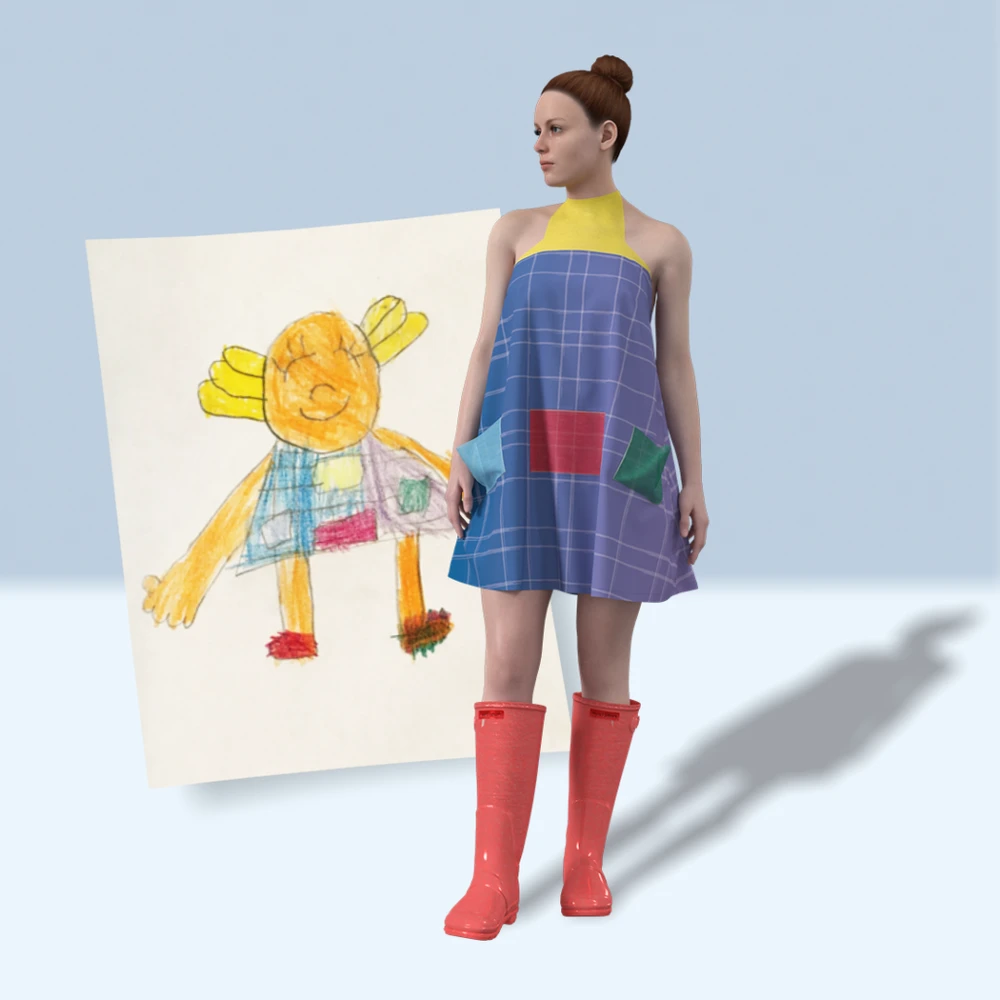
Drawn by Sophia, 6, FL, and recreated by Eunice lei ho, Hong Kong: “This is so cool!! Thank you so much – what a fantastic idea, and we are so excited that we could participate!” says Kinsey Kutylo, Sophia’s mother. “Thank you so much, Eunice! I am really excited to see my drawing as a dress, I think it looks really good. My favorite parts are the squares on the dress because they look like pockets – and I like pockets! I think this is really impressive, and I think you should feel really proud of yourself!” adds Sophia
We’re thrilled to have launched this heartwarming initiative and see the effort, passion, and excitement put into the project shine through the results.
Vicki’s recreation and Cassidy’s video reply:
Learn how to integrate fashion PLM with 3D design software to streamline workflows, boost collaboration, and speed up product development.
Shih Chien University’s talent program blends AI, 3D garment simulation, and sustainability with strong industry support from Browzwear.
Explore our guide to 3D fashion design: uncover top software, techniques, and benefits, and see how 3D tech transforms design, production, and...